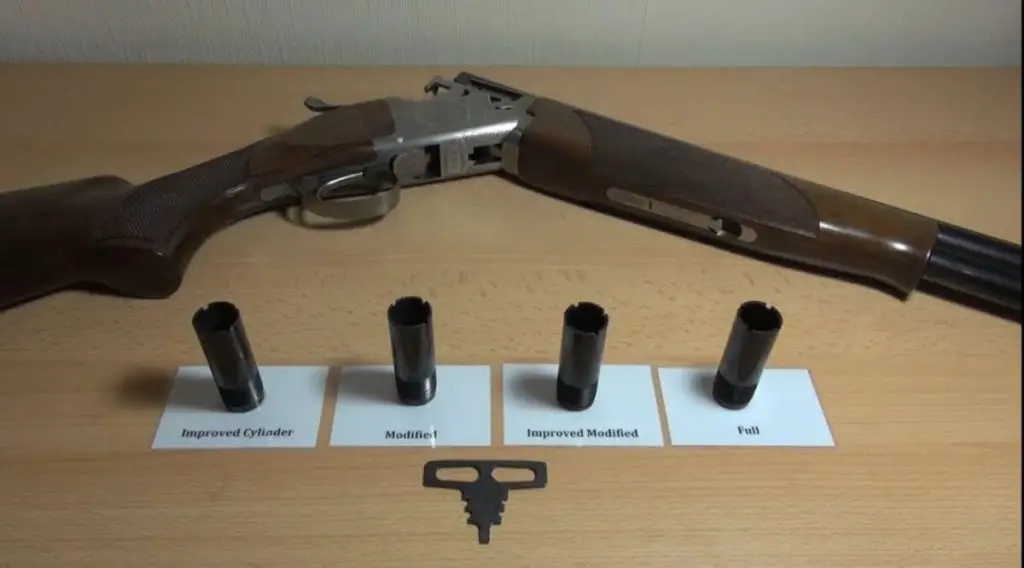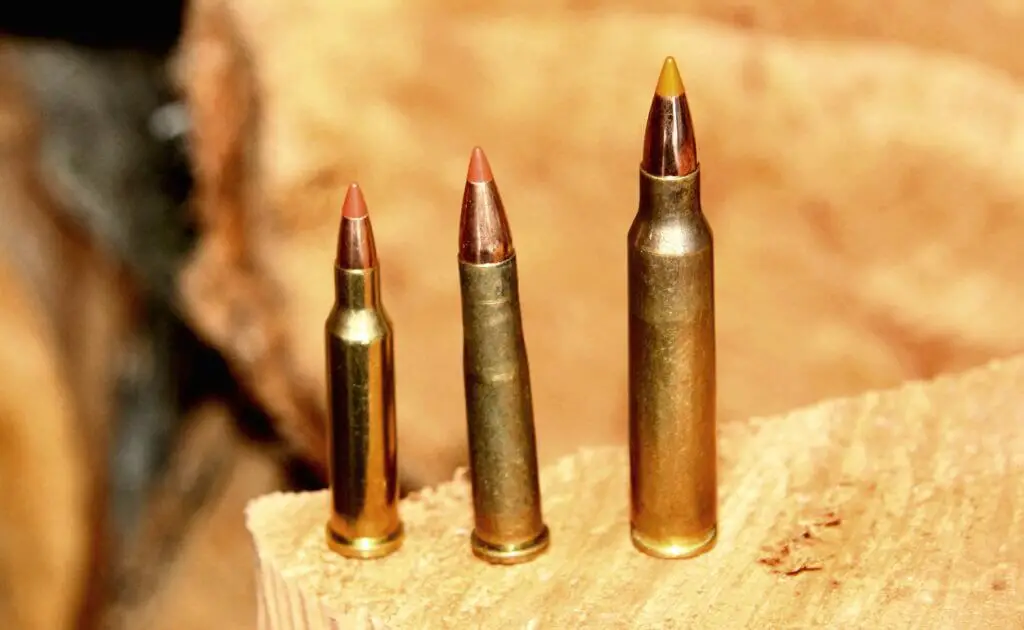The Wicked Ridge RDX 400 is a high-performance crossbow in the TenPoint series known for its exceptional accuracy, power, and compact design. It has become quite popular among seasoned hunters and archery enthusiasts alike due to its revolutionary reverse-draw technology and advanced features. However, as top-of-the-line as this crossbow might be, some users have encountered a few issues with it. In this blog post, we’ll be discussing some common Wicked Ridge RDX 400 problems and provide practical solutions to help users get the most out of their crossbows. We’ll be covering everything from basic operation, string and cable replacements, maintenance tips, and other essential topics for ensuring your RDX 400 performs optimally.
Understanding the RDX 400 and Its Parts
Before we delve into troubleshooting problems, it’s crucial to familiarize yourself with the RDX 400’s components, functionalities, and proper operation. Here are some key components you should be aware of:
1. Riser and RDX Cam System
The riser is the central part of the RDX 400, connecting the limbs and housing the cam system that provides speed and power. The Reverse Draw Cam System optimizes string and cable life and reduces noise and vibrations.
2. Limbs and Cams
The bow’s limbs store energy from pulling back the string, while the cams help the user to draw the bow more comfortably. By understanding the functionality of these components, you can quickly diagnose and solve any potential issues.
3. Bow String and Cables
The bowstring and cables on your RDX 400 need to be well-maintained and properly installed to ensure optimal performance. Inspecting and taking care of these components is crucial for preventing possible issues.
Potential RDX 400 Problems and Solutions
Now that we have an understanding of its components, let’s proceed with discussing potential Wicked Ridge RDX 400 problems and their corresponding solutions.
1. Strings and Cables Wearing Out Quickly
Problem: One problem some users face is the premature wear of their strings and cables. This can lead to a decrease in performance and may even lead to damage to the crossbow.
Solution: To prolong the lifespan of your strings and cables, follow the recommended maintenance schedule:
– Wax the bowstring and cables every 75 shots or once a month. Apply a good-quality bowstring wax on the center serving and rub it in with your fingers.
– Replace the bowstring and cables every 2 years or upon visible damage or wear, and ensure they are replaced by an authorized dealer or specialist.
2. Trouble Cocking the Crossbow
Problem: Some RDX 400 users report issues in cocking the crossbow – usually due to improper rope cocker engagement, misaligned hooks or a lack of synchronization.
Solution: Follow these steps to ensure proper cocking:
– Use only the ACUdraw™ or ACUdraw™ 50 cocking system which is designed explicitly for the RDX 400.
– Make sure the rope cocker hooks are correctly engaged on the string each time to prevent undesired strains on strings and cables.
– Cock your crossbow in a smooth and consistent motion.
3. High Noise and Vibration during Shots
Problem: Some users may experience an increase in noise and vibration when shooting the RDX 400, which could negatively impact performance or scare off game.
Solution: Here are some steps to reduce noise and vibration:
– Inspect the limb pockets or cams for any loose bolts and tighten them if necessary.
– Add aftermarket accessories such as dampeners and string silencers in relevant places to eliminate noise and vibrations – consult your user manual for guidance.
– Check your RDX 400 for any signs of damage, as a broken limb or cracked riser may cause excess noise – visit an authorized dealer for repair services.
4. Decrease in Accuracy or Inconsistent Shots
Problem: Users may notice a decline in accuracy or inconsistent shot placement, which could be due to a multitude of factors.
Solution: Follow these steps to troubleshoot and address the issue:
– Inspect your crossbow for proper limb and cam alignment, as misalignment may cause erratic arrow flight.
– Ensure your bowstring and cables are in good condition and not frayed. Replace them if necessary.
– Use consistent, well-maintained, and properly matched arrows for your specific RDX model.
– Secure all accessories like the scope, quiver, and other mounted accessories.
– Make sure you are practicing good shooting form and technique to ensure consistency.
5. Scope Issues
Problem: Scope issues can cause problems with accuracy, leading to missed shots and poor performance.
Solution: Keep these factors in mind when troubleshooting scope issues:
– Ensure proper mounting and alignment of the scope, as an improperly installed scope will affect your shots.
– Check for any dirt or debris on the scope’s lenses and clean them with the appropriate scope cleaning solution and microfiber cloth.
– After extensive use, your scope’s zero might have changed – confirm the scope’s zero and make necessary adjustments.
General Maintenance Tips for RDX 400
To maximize the life and performance of your Wicked Ridge RDX 400, it’s essential to practice proper maintenance:
– Regularly inspect your crossbow for any signs of wear or damage.
– Lubricate the rail using TenPoint’s Flight Rail and Trigger Lube, and avoid using petroleum-based products, as they can cause damage.
– Store your crossbow uncocked in a temperature-controlled environment with low humidity to avoid any damage and wear on limbs and strings.
– Consult your user manual for specific maintenance practices tailored for the RDX 400 and schedule regular preventive maintenance with an authorized dealer.
In conclusion, the Wicked Ridge RDX 400 is a high-performance crossbow built to handle the demands of modern hunters and archers. By understanding its components and addressing potential problems with the provided solutions, you can ensure a seamless and enjoyable experience using your RDX 400. Remember to practice proper maintenance and regularly inspect your crossbow to prevent issues before they arise.
Frequently Asked Questions
Are Wicked Ridge crossbows any good?
Yes, Wicked Ridge crossbows are known for their reliability, performance, and quality. They are manufactured by TenPoint Crossbows, a well-known company in the crossbow industry. Wicked Ridge offers a great balance of features and affordability, making them a popular choice among hunters and recreational users alike.
What is the draw weight for Wicked Ridge RDX 400?
The draw weight for the Wicked Ridge RDX 400 is 175 pounds. This means that the shooter needs to apply 175 pounds of force to fully draw the crossbow, generating speeds up to 400 feet per second (FPS) for the arrow.
What is the draw weight of a Wicked Ridge NXT 400?
The Wicked Ridge NXT 400 has a draw weight of 200 pounds, requiring the shooter to apply 200 pounds of force to fully draw the crossbow. This generates Arrow speeds up to 400 FPS and offers excellent performance for hunting and target shooting.
Do crossbows lose power over time?
Crossbows can lose power over time, primarily due to wear and tear on the components. The string, cables, and limbs may become stretched, fatigued, or damaged, which can reduce the crossbow’s performance or lead to safety issues. Proper maintenance, including regular inspection and replacement of worn parts, will help ensure consistent power and longevity of your crossbow.
What kind of maintenance does the Wicked Ridge RDX 400 require?
The Wicked Ridge RDX 400 requires regular maintenance to ensure optimal performance and safety. This includes inspecting the limbs, strings, and cables for signs of wear or damage, lubricating the rail, and checking the tightness of bolts and screws. Additionally, the crossbow should be stored in a cool, dry place to prevent damage from moisture and temperature fluctuations.
What arrows are recommended for the RDX 400?
Wicked Ridge recommends using their Pro Elite 400 Arrows, which are specifically designed for crossbows with speeds up to 400 FPS. These 20-inch, carbon arrows come with 3.5-inch Bohning X vanes and a 100-grain brass insert, providing excellent accuracy and penetration for hunting or target shooting.
Is the RDX 400 suitable for beginners?
Yes, the Wicked Ridge RDX 400 is suitable for beginners as it offers a user-friendly design with excellent safety features. However, it is essential for new users to learn how to safely handle, shoot, and maintain the crossbow to ensure optimal performance and prevent accidents.
How do I sight-in my RDX 400 crossbow?
To sight-in your RDX 400 crossbow, follow these steps:
- Place a target at 20 yards from your shooting position.
- Ensure the crossbow is cocked and loaded with an arrow.
- Safely aim and shoot at the center of the target.
- Examine where the arrow hit, and make adjustments to the windage (left-right) and elevation (up-down) marks on the scope accordingly.
- Repeat the process until the arrows are consistently hitting the center of the target at 20 yards.
Once the crossbow is zeroed at 20 yards, you can try shooting at longer distances and adjusting the scope accordingly to achieve accurate results.
How long is the manufacturer warranty on the Wicked Ridge RDX 400?
The Wicked Ridge RDX 400 comes with a limited lifetime warranty on the limbs, trigger, and stock, as well as a one-year warranty on the components and accessories. This warranty covers defects in materials and workmanship, but not damage resulting from misuse, improper handling, or lack of maintenance.
Can I decock the Wicked Ridge RDX 400?
No, the Wicked Ridge RDX 400 cannot be decocked, as it does not have a built-in decocking mechanism. The manufacturer recommends shooting a practice arrow into a safe backstop, such as a crossbow discharge target, to safely unload the crossbow after use. Never attempt to decock the crossbow by manually releasing the string, as this can lead to injury or damage.
- How to Put a Scope on a Mosin Infantry in Tarkov: A Quick Guide - November 7, 2024
- How to Edit a Scope Box in Revit: A Step-by-Step Guide - November 6, 2024
- How to Put a Scope on Mosin Tarkov: Expert Tips for Gamers - November 6, 2024


